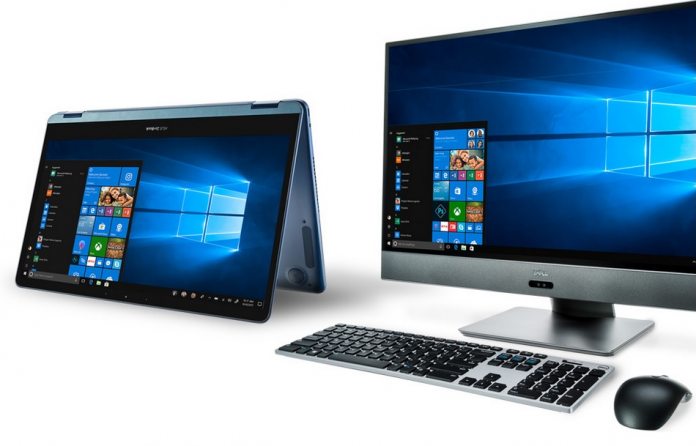One new tool in testing seems to corroborate that idea. Specifically, Microsoft has an important audio feature in the works. The company is finally bringing Advanced Audio Coding (AAC) for Bluetooth in Windows 10. Starting with Windows 10 21H2, users will have more control over which Bluetooth speakers and headphones they can use. Microsoft is currently testing this feature through the latest preview builds on the Windows Insider Program (Preview Build 21370). Looking at it technically, Microsoft has previously only included support for AptX and SBC over Bluetooth in Windows 10. AAC provides wider scope, especially for Apple devices. It will ensure improved audio quality for Apple headphones when playing on Apple Music or iTunes.
Automatic Profile Switching
Also on the Bluetooth front, Microsoft is working on beefing up how Windows 10 shows devices. In Windows 10 21H2, the platform will no longer show multiple Bluetooth profiles for headphones and speakers like it previously has. While this method shows all available profiles, it confuses some apps to think multiple devices are connected.
To remedy this, later this year Windows 10 will have just a single audio endpoint allowing users to automatically switch between Bluetooth profiles depending on what app is being used (for example, calls or listening to music). As we missed out on many new features in the May 2021 Update, we are glad Microsoft is being more ambitious with Windows 10 21H2. Other changes coming to the Sun Valley release include a new design and some floating widgets. Tip of the day: Did you know that a virtual drive on Windows 10 can help you with disk management for various reasons? A virtual drive is just simulated by the platform as a separate drive while the holding file might be stored anywhere on your system. The data in the drive is available in files or folders, which are represented by software in the operating system as a drive. In our tutorial we show you different ways how to setup and use such virtual drives.





